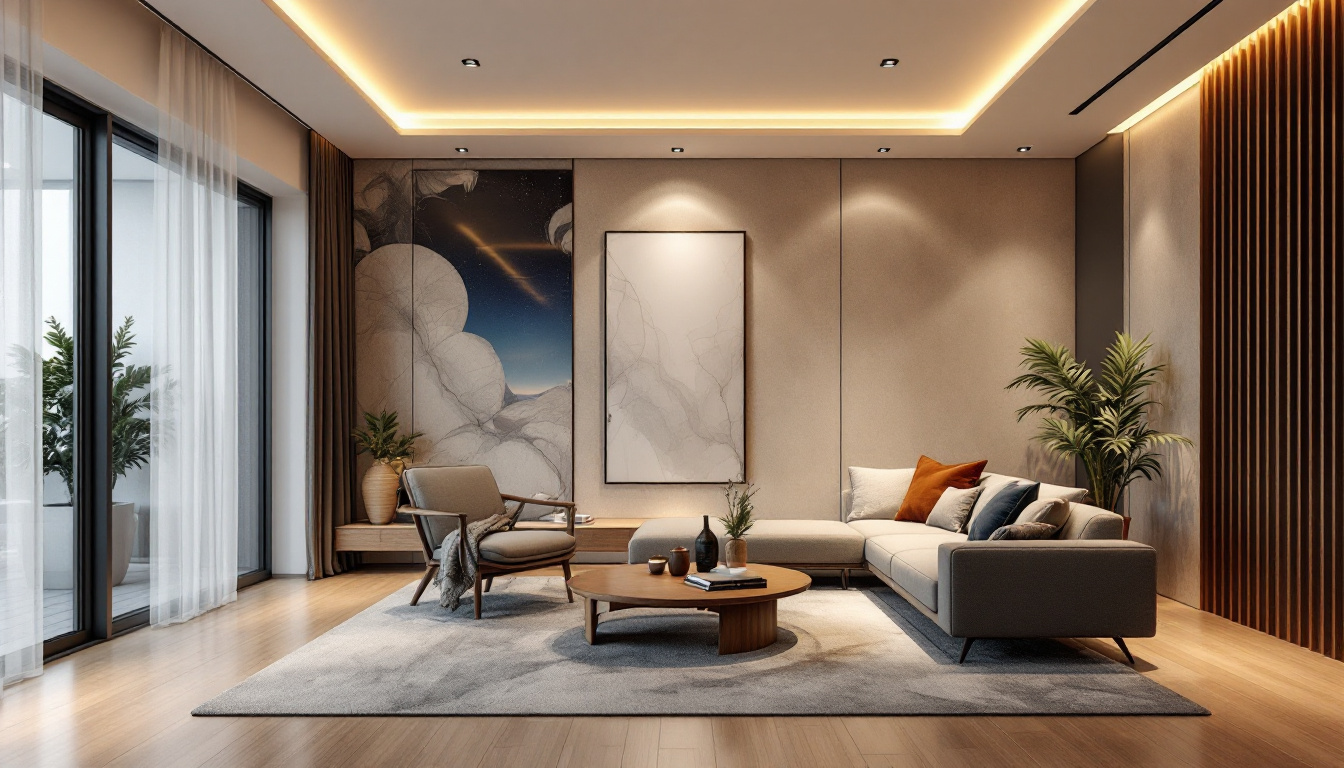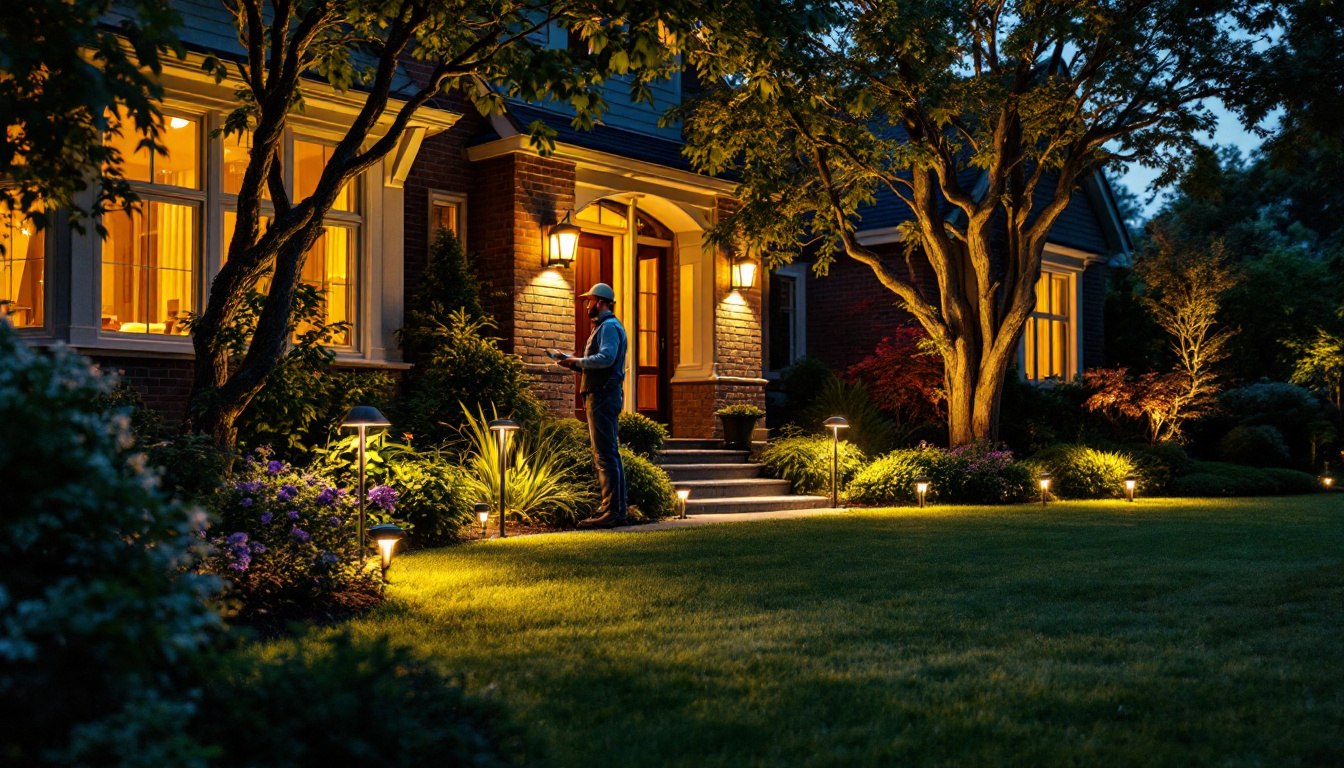
Lighting plays a crucial role in our daily lives, affecting everything from mood to productivity. For lighting contractors, understanding the nuances of lamps and light bulbs is essential for providing effective solutions to clients. This article addresses some common questions that lighting contractors encounter, offering insights into various aspects of lighting design, bulb technology, and installation practices.
Incandescent bulbs have long been a staple in residential and commercial lighting. They produce light by heating a filament until it glows, creating a warm, inviting atmosphere. However, their energy efficiency is relatively low compared to modern alternatives. The soft, warm light emitted by incandescent bulbs is often preferred in settings where ambiance is key, such as in living rooms and dining areas, as it enhances the cozy feel of a space.
Contractors often face questions about the longevity and energy consumption of incandescent bulbs. While they provide excellent color rendering and are dimmable, their average lifespan is around 1,000 hours. This short lifespan can lead to higher replacement costs over time, prompting many to consider more efficient options. Additionally, the heat generated by these bulbs can contribute to increased cooling costs in warmer months, making them less ideal for energy-conscious consumers. As a result, many homeowners are now exploring alternative lighting solutions that offer both aesthetic appeal and cost savings.
Compact fluorescent lamps (CFLs) and light-emitting diodes (LEDs) have surged in popularity due to their energy efficiency and longer lifespans. CFLs use a fraction of the energy of incandescent bulbs and can last up to 10,000 hours. However, they contain small amounts of mercury, which requires careful disposal. This has led to increased awareness about environmental impacts, prompting consumers to seek out eco-friendly lighting options that do not compromise on performance.
LEDs are even more efficient, using up to 80% less energy and lasting up to 25,000 hours or more. Their versatility allows for various applications, from residential lighting to commercial fixtures. Contractors often receive inquiries about the initial cost versus long-term savings, as the upfront investment in LEDs can be higher, but the return on investment is significant over time. Furthermore, advancements in LED technology have led to the development of smart bulbs that can be controlled via smartphone apps, offering features like color changing and scheduling, which appeal to tech-savvy consumers. This innovation not only enhances convenience but also allows for greater customization of lighting environments, making LEDs a popular choice for modern homes and businesses alike.
When selecting light bulbs, the intended application is paramount. Residential lighting often prioritizes ambiance and comfort, while commercial lighting focuses on functionality and efficiency. Contractors must consider factors such as the color temperature, brightness, and energy efficiency to meet the specific needs of each setting.
For instance, warm white light (around 2700K) is typically preferred in homes to create a cozy atmosphere, while cooler temperatures (4000K to 5000K) are often used in offices and retail spaces to enhance visibility and alertness. Understanding these preferences helps contractors make informed recommendations to clients. Additionally, the placement of lighting fixtures plays a crucial role in achieving the desired effect; strategically placed lamps can highlight architectural features or create focal points in a room, enhancing the overall aesthetic appeal.
Moreover, the choice of bulb type—whether incandescent, LED, or fluorescent—can significantly impact both the energy consumption and the lifespan of the lighting solution. LEDs, for example, are becoming increasingly popular due to their energy efficiency and longevity, often lasting up to 25,000 hours compared to the 1,000 hours of traditional incandescent bulbs. This shift not only reduces electricity bills but also contributes to a more sustainable environment, aligning with the growing trend toward eco-friendly practices in both residential and commercial settings.
The Color Rendering Index (CRI) measures a light source’s ability to accurately reproduce colors compared to natural light. A higher CRI indicates better color accuracy, which is particularly important in settings like art studios, galleries, or retail stores where color perception is critical.
Contractors frequently receive questions about the ideal CRI for various applications. A CRI of 90 or above is generally recommended for environments where color accuracy is essential, while a CRI of 80 is sufficient for most residential and general commercial applications. It’s also worth noting that the CRI is not the only factor to consider; the spectral power distribution of the light source can also influence how colors appear under different lighting conditions. For example, some LED lights may have a high CRI but still fail to render certain colors accurately due to gaps in their spectral output. This nuance is especially relevant for industries such as fashion and interior design, where precise color matching is vital.
Furthermore, as technology advances, new lighting solutions are emerging that offer improved CRI ratings and customizable color temperatures. Smart lighting systems, for instance, allow users to adjust both brightness and color temperature according to their needs, providing a versatile solution for dynamic environments. This adaptability not only enhances the user experience but also supports energy efficiency by allowing users to tailor their lighting to specific tasks or times of day, ultimately leading to more effective and enjoyable spaces.
Energy efficiency is a significant concern for both contractors and clients. The Energy Star label indicates that a product meets strict energy efficiency guidelines set by the Environmental Protection Agency. Lighting contractors should be familiar with these ratings to help clients make informed choices.
Products that carry the Energy Star label not only consume less energy but also contribute to lower utility bills. Contractors can explain the benefits of choosing Energy Star-rated bulbs, emphasizing the long-term savings and environmental impact.
As energy-efficient lighting options become more prevalent, the question of disposal and recycling arises. CFLs, for example, contain mercury, which necessitates special handling to prevent environmental contamination. Many contractors are asked about proper disposal methods and recycling programs available in their area.
Encouraging clients to participate in recycling programs not only promotes sustainability but also aligns with growing consumer awareness about environmental responsibility. Providing information on local recycling options can position contractors as knowledgeable and responsible professionals in the industry.
When installing new light bulbs, ensuring compatibility with existing fixtures is crucial. Contractors often face questions about wattage limits and fixture types. Exceeding the recommended wattage can lead to overheating and potential fire hazards.
Contractors should advise clients on the importance of checking fixture ratings and selecting bulbs that meet or exceed these specifications. Additionally, understanding the differences between standard, dimmable, and smart bulbs can help contractors provide tailored solutions for their clients’ needs.
The rise of smart home technology has transformed the lighting landscape. Smart bulbs and fixtures allow for remote control, scheduling, and integration with home automation systems. Contractors are frequently asked about the benefits and installation of smart lighting solutions.
Educating clients on the advantages of smart lighting, such as energy savings and convenience, can enhance the overall customer experience. Contractors should be prepared to assist with the installation and setup of these systems, ensuring that clients can fully utilize their smart lighting capabilities.
Flickering lights can be a common issue that contractors encounter. Clients may express concern about the safety and functionality of their lighting systems. Flickering can result from various factors, including incompatible bulbs, faulty wiring, or issues with the dimmer switch.
Contractors should conduct thorough inspections to diagnose the root cause of flickering lights. Providing clients with clear explanations and potential solutions can alleviate their concerns and reinforce the contractor’s expertise.
Clients often inquire about the lifespan of different types of bulbs and when they should consider replacements. Educating clients about the average lifespans of incandescent, CFL, and LED bulbs can help set realistic expectations.
Contractors can also offer maintenance plans or reminders for bulb replacements, ensuring that clients maintain optimal lighting conditions in their spaces. This proactive approach can enhance customer satisfaction and foster long-term relationships.
Human-centric lighting focuses on the impact of light on human well-being. This approach considers factors such as circadian rhythms and the emotional effects of different lighting conditions. Contractors may encounter clients interested in implementing human-centric lighting solutions in their spaces.
Understanding the principles of human-centric lighting can help contractors design environments that promote health and productivity. This knowledge positions contractors as forward-thinking professionals who prioritize the well-being of their clients.
Incorporating natural light into lighting design is a growing trend. Clients increasingly seek ways to maximize daylight in their spaces, reducing reliance on artificial lighting. Contractors should be prepared to discuss strategies for enhancing natural light, such as using reflective surfaces, strategically placed windows, and skylights.
By promoting the benefits of natural light, contractors can help clients create more inviting and energy-efficient environments. This trend aligns with the broader movement toward sustainability and wellness in design.
As lighting technology continues to evolve, lighting contractors play a vital role in guiding clients through the myriad of options available. By addressing common questions and concerns, contractors can establish themselves as trusted experts in the field.
From understanding different types of bulbs to exploring innovative lighting design trends, staying informed about industry developments is crucial. By providing valuable insights and solutions, lighting contractors can enhance their service offerings and build lasting relationships with clients.
Ultimately, the goal is to create well-lit spaces that enhance the quality of life for individuals and communities. With the right knowledge and expertise, lighting contractors can illuminate the path to brighter, more efficient, and sustainable environments.
Ready to elevate your lighting solutions with the best value in the industry? At LumenWholesale, we provide lighting contractors like you with the highest quality, spec-grade lighting products at prices that can’t be beaten. Say goodbye to local distributor markups and hello to our extensive selection that meets rigorous industry standards. With free shipping on bulk orders, we ensure that you get the premium lighting you need at the best price, without any hidden fees. Make your next project shine with efficiency, sustainability, and style. Wholesale Lighting at the Best Value is just a click away. Experience the LumenWholesale difference today!
Explore the transformative shift from fluorescent to LED lighting in the industry.

Discover expert insights on 6-inch recessed lighting from top lighting contractors.

Discover the best places to purchase a bullhorn while exploring the frequent pitfalls lighting contractors encounter.

Discover the pitfalls to avoid when installing solar lights in your yard.